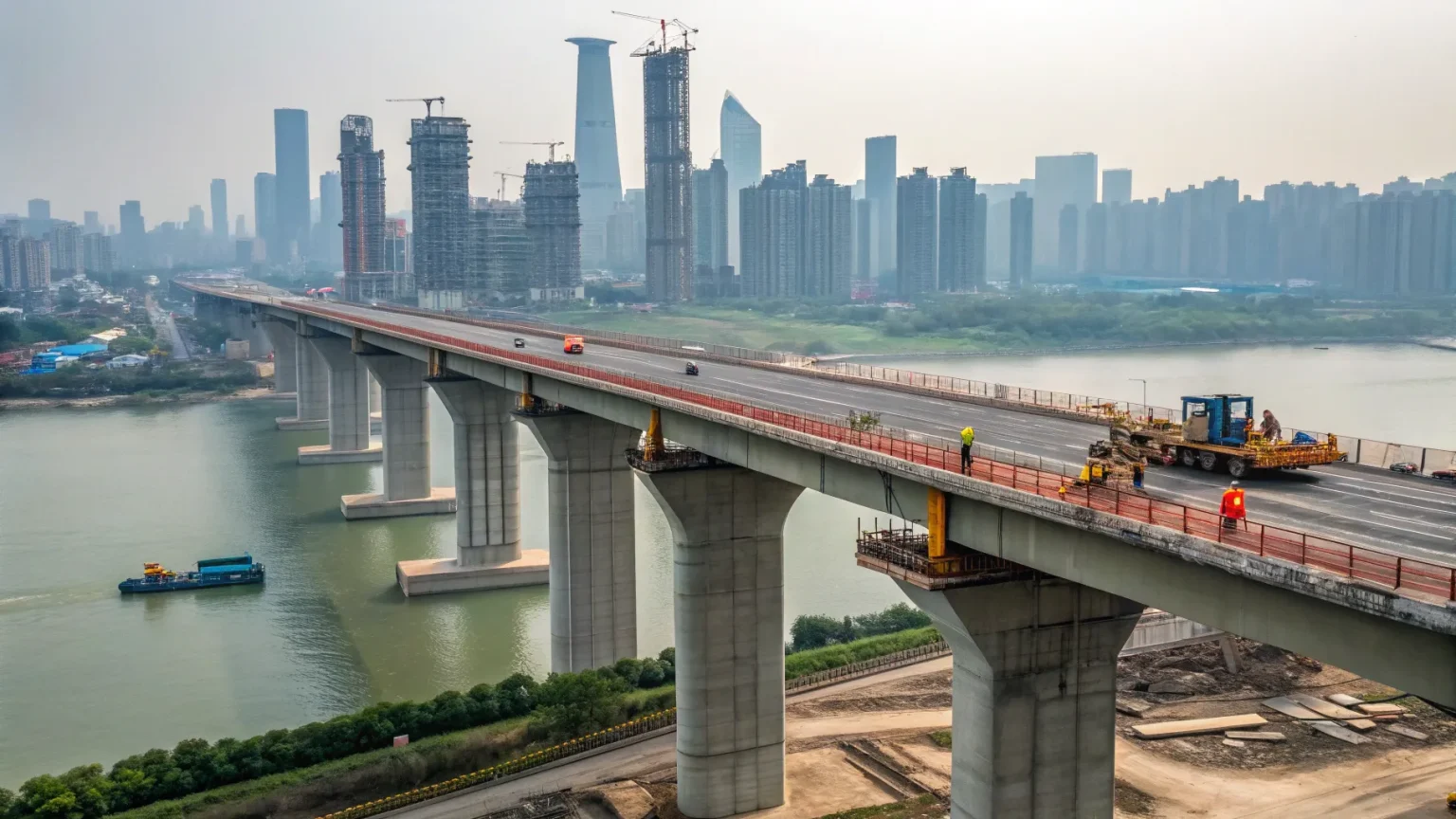China’s ambitious mega investment and infrastructure program, designed to expand Beijing’s global influence and economic power, has delivered both successes and failures since its inception. The initiative, which represents one of the largest international development efforts in modern history, continues to reshape geopolitical and economic relationships across multiple continents.
The program has poured hundreds of billions of dollars into infrastructure projects spanning Asia, Africa, Europe, and Latin America. These investments have funded everything from railways and ports to power plants and telecommunications networks in developing nations eager for infrastructure development.
Strategic Objectives Behind the Initiative
At its core, the program serves as a foreign policy tool for China to strengthen its global position. By financing and building critical infrastructure in developing countries, Beijing has sought to create new markets for Chinese goods, secure access to natural resources, and establish deeper diplomatic ties with recipient nations.
Economic analysts point out that the initiative also addresses China’s domestic economic needs. The program has created outlets for Chinese construction companies, helped utilize excess industrial capacity, and provided new investment opportunities for Chinese financial institutions as the domestic economy has slowed.
A senior Asian diplomat who requested anonymity noted, “This is not merely an economic program but a comprehensive strategy to reshape international relations with China at the center.”
Notable Successes
The program has achieved significant wins in several regions. In Southeast Asia and parts of Africa, Chinese-built transportation networks have connected previously isolated areas to major economic centers, boosting trade and economic development.
Some of the most successful projects include:
- High-speed rail lines in Southeast Asia that have reduced travel times and increased regional connectivity
- Modern port facilities in Africa that have expanded trade capacity
- Power plants that have addressed critical energy shortages in developing nations
These projects have filled genuine infrastructure gaps that Western-backed development programs had often overlooked or underfunded. For many developing nations, the Chinese initiative offered a welcome alternative to traditional international lenders with their strict conditions and lengthy approval processes.
Growing Concerns and Setbacks
Despite its achievements, the program has faced mounting criticism and encountered significant setbacks. Several high-profile projects have been canceled, scaled back, or renegotiated amid concerns about financial sustainability, environmental impacts, and sovereignty issues.
Critics have raised alarms about “debt-trap diplomacy,” suggesting that China deliberately extends excessive credit to recipient countries with the intention of extracting economic or political concessions when they cannot meet repayment obligations. While Chinese officials strongly deny these accusations, several countries have struggled with repayment terms.
Environmental groups have also criticized the program for funding coal-fired power plants and other projects with significant ecological impacts. In response to these concerns, Chinese officials have recently emphasized “green” development within the initiative.
Local opposition has emerged in several countries where residents question the benefits of Chinese projects, particularly when they employ primarily Chinese workers rather than local labor.
Evolving Strategy
Facing international pushback and financial constraints, Beijing has adjusted its approach in recent years. The program now emphasizes smaller, more financially sustainable projects over massive infrastructure developments. There is also greater attention to environmental standards and local community engagement.
Chinese officials have signaled a shift toward more transparent financing terms and increased cooperation with international financial institutions. This evolution reflects both practical lessons learned and a response to competing infrastructure initiatives launched by the United States, Japan, and European nations.
As the program enters its second decade, its mixed record of achievements and challenges illustrates the complexities of large-scale international development efforts and the changing dynamics of global influence in the 21st century.







